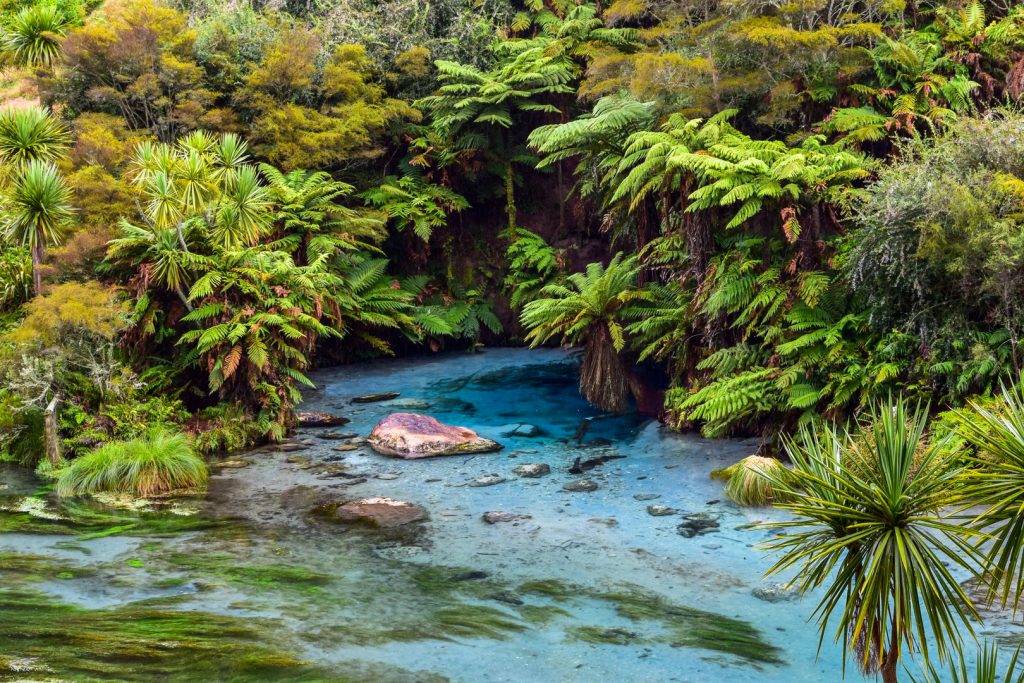테와이호우와 블루 스프링
테와이호우 워크웨이 (Te Waihou Walkway) 의 블루 스프링은 뉴질랜드의 생수 중 약 60% 를 공급하는 순수한 물로 국제적으로 호평을 받고 있습니다.
봄은 마마쿠 고원 (Mamaku Plateau) 에서 물을 걸러내는 데 최대 100년이 걸립니다. 그 결과 물은 순수하고 깨끗하여 사실상 맑고 아름다운 푸른 색을 연출합니다.
온천까지 걸어가는 길은 와이호우 강 (Waihou River) 과 함께 습지를 지나 구르는 목가적인 땅을 가로지르는 트랙을 따라 가며 작은 폭포, 토착 덤불, 유명한 블루 스프링의 전망을 감상하며 길을 따라 송어를 엿볼 수 있습니다.
Blue Spring의 물은 분당 42 입방 미터의 속도로 흐르고 약 12 분 안에 6 레인 (25 미터) 수영장을 채울 수 있습니다.수온은 일년 내내 섭씨 11도입니다.
푸타루루 (Putaruru) 근처의 화이트 로드 (국도 28번 고속도로) 에서 시작하여 푸타루루 (Putaruru) 인근에 있는 블루 스프링 워크는또한 인근 레슬리 로드 (Leslie Road) 에서 가까운 블루 스프링까지 도보로 15분 거리에 있습니다.
테와이호우 워크웨이와 블루 스프링은 푸타루루 (Putaruru) 근처의 사우스 와이카토에 위치해 있습니다.사우스 와이카토 지역에서 볼거리와 할 거리가 많아 하루를 쉽게 만들 수 있습니다.오버 더 문 데어리 컴퍼니에서 현지 치즈를 맛보고, 자전거를 타고 와이카토 리버 트레일스 (Waikato River Trails에서) 를 즐기거나, 이 지역의 수많은 수로에서 플라이 낚시를 즐겨보세요.



















































